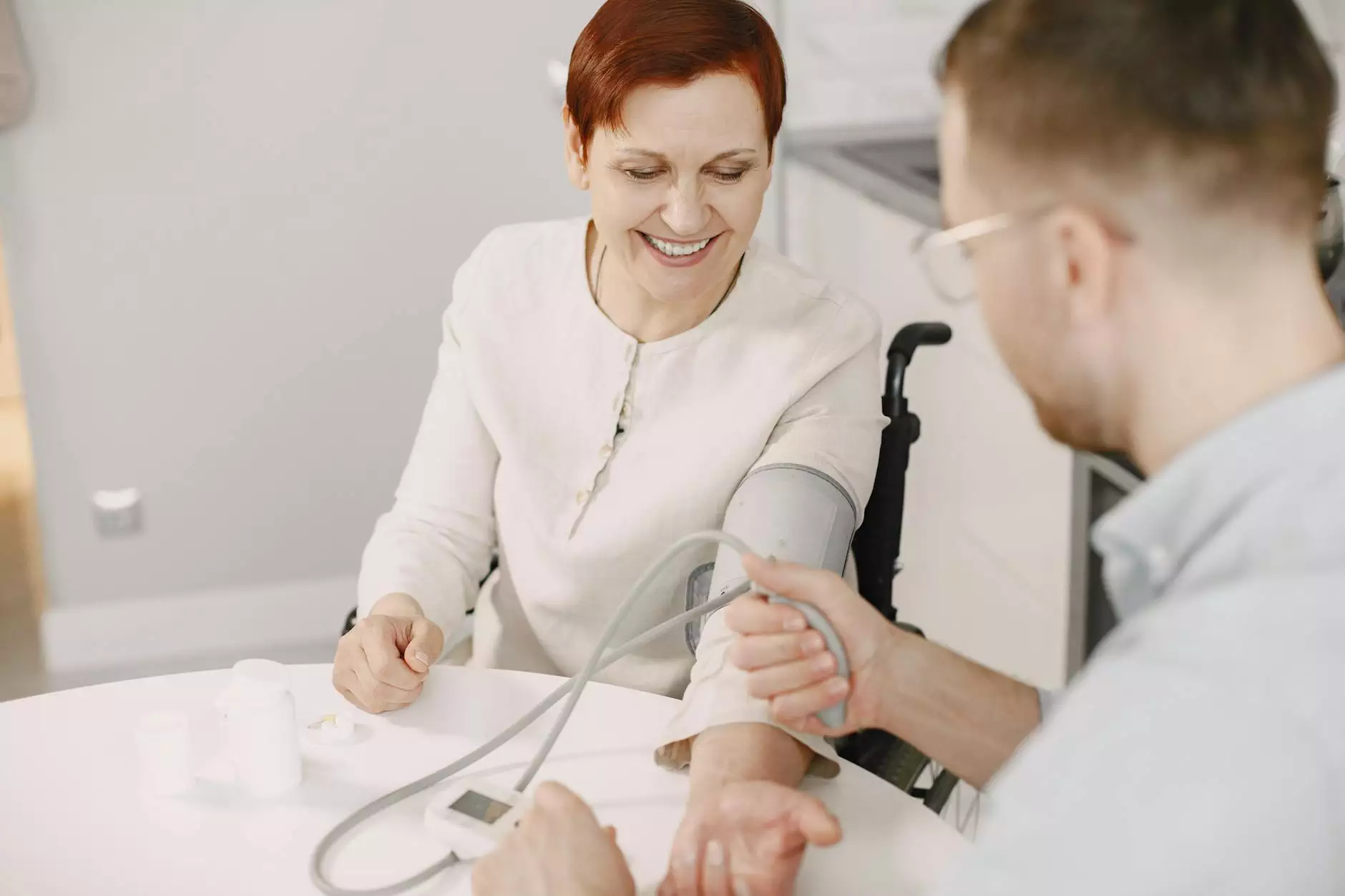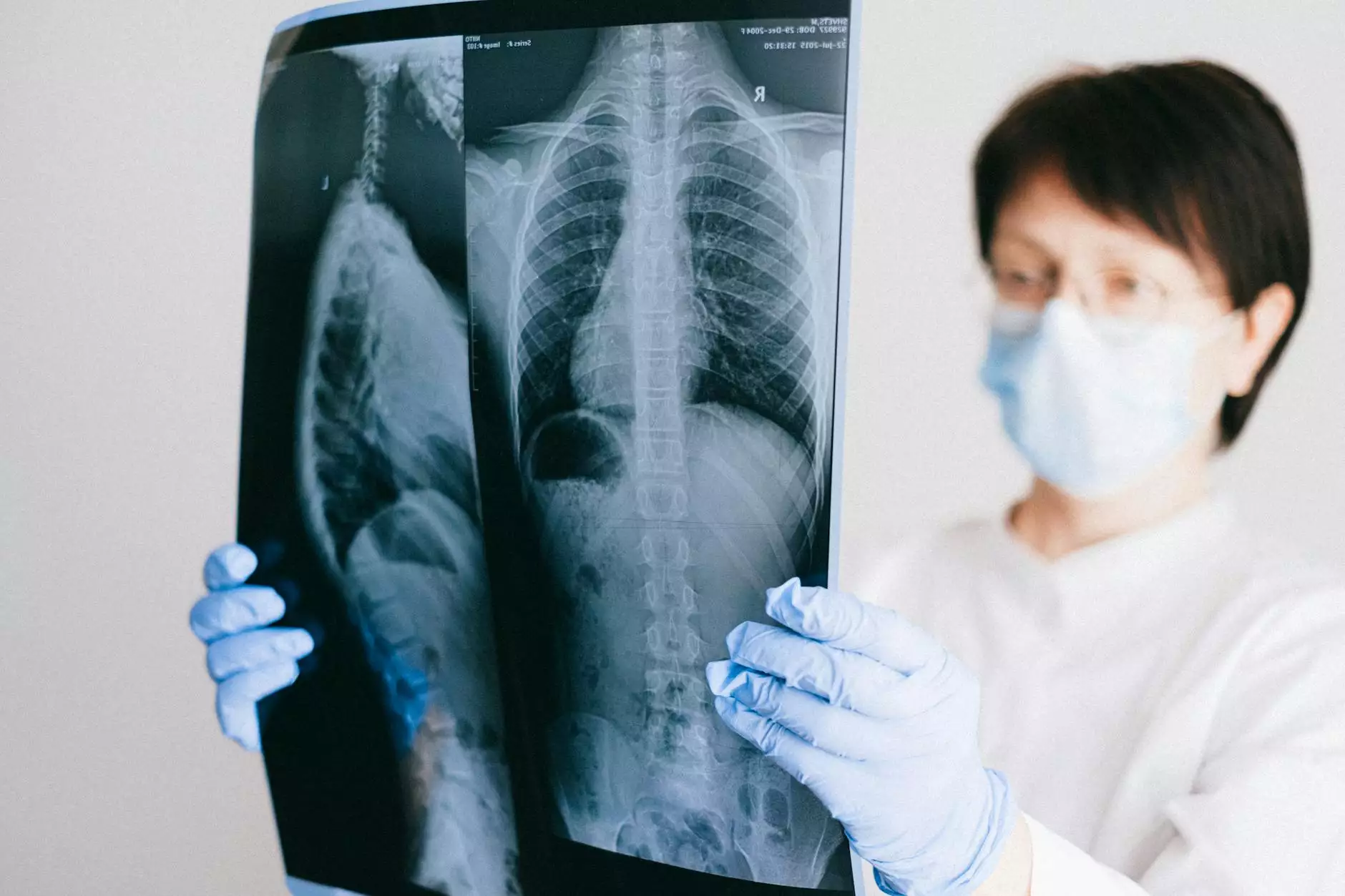The Causes of Visible Veins on Legs: Insights and Solutions

Visible veins on the legs can be a concerning sight for many individuals. Whether you notice spider veins or more prominent varicose veins, understanding the causes of visible veins on legs is crucial for managing their appearance and addressing any underlying health issues. This comprehensive article delves into the factors contributing to visible veins, prevention strategies, treatment options, and the importance of consulting with specialists in vascular medicine.
What are Visible Veins?
Visible veins are those that can be seen through the skin and can appear in various colors, often blue or green. They result from the accumulation of blood in the veins, which occurs when valves within the veins weaken or become damaged. Let's explore some of the most common causes of these prominent veins.
Common Causes of Visible Veins on Legs
1. Genetics
Heredity plays a significant role in the development of visible veins. If your parents or grandparents had varicose veins, you are at a higher risk of developing them as well. Genetic predisposition affects the structure and integrity of your veins.
2. Aging
As we age, our veins can lose elasticity, leading to weakened valve function and increased pressure in the veins. This aging process often contributes to the formation of visible veins, particularly in the legs, where the strain of gravity is greatest.
3. Hormonal Changes
Hormonal fluctuations, particularly in women, can lead to visible veins. Pregnancy, menstruation, and menopause can increase the level of certain hormones like estrogen, which can relax the vessel walls and cause veins to expand. Pregnancy often exacerbates this issue due to increased blood volume and pressure on the veins.
4. Obesity
Excess body weight creates additional pressure on the leg veins, making it harder for blood to flow efficiently. This can lead to the development of varicose veins and other visible veins. Maintaining a healthy weight is vital for preventing vascular issues.
5. Prolonged Standing or Sitting
Occupational habits that involve long periods of standing or sitting can hinder blood circulation. Jobs that require standing all day, such as teaching or nursing, can increase pressure in leg veins. Switching positions, moving, or using compression stockings can help alleviate this issue.
6. Sedentary Lifestyle
A lack of physical activity can also contribute to the development of visible veins. Exercise improves circulation and helps maintain a healthy weight, thus reducing the likelihood of vein visibility. Regular movement encourages proper blood flow back to the heart.
7. Sun Exposure
Excessive sun exposure can damage the skin and blood vessels in the legs, leading to visible veins. Protecting your skin using sunblock and wearing protective clothing can help mitigate these effects.
Identifying Symptoms Associated with Visible Veins
While visible veins themselves are often just a cosmetic concern, they can sometimes be accompanied by other symptoms, such as:
- Aching or heavy feeling in the legs: Often worsens after standing for long periods.
- Swelling: Particularly around the ankles.
- Cramping: Leg cramps may occur, especially when active.
- Skin changes: Changes in skin color or texture around the affected veins.
- Itching: Skin irritation near the veins is common.
Prevention Strategies for Visible Veins
While some factors like genetics and age are unavoidable, there are several proactive steps you can take to reduce your risk of developing visible veins:
1. Maintain a Healthy Weight
Keeping your weight within a healthy range helps minimize the pressure on your leg veins.
2. Stay Active
Regular exercise, including walking, running, cycling, or swimming, can strengthen the muscles in your legs and improve circulation.
3. Avoid Prolonged Immobility
If your job requires long hours of sitting or standing, make it a habit to take breaks and move around regularly. Simple leg stretches or massages can help.
4. Wear Compression Stockings
Compression stockings can effectively reduce the pressure on your veins, improving blood flow and alleviating some symptoms.
5. Elevate Your Legs
When resting, consider elevating your legs to promote better circulation. This can be done by propping your legs on pillows or using an adjustable chair.
6. Protect Your Skin from Sun Damage
Use sunscreen to protect your skin from harmful UV rays, which can weaken blood vessels.
Treatment Options for Visible Veins
If visible veins have become a concern, there are several treatment options available. Consulting with specialists in vascular medicine, such as those at trufflesveinspecialists.com, can provide tailored solutions. Here are a few common treatment methods:
1. Sclerotherapy
This is a non-surgical procedure where a solution is injected into the affected vein, causing it to collapse and fade from view over time.
2. Laser Therapy
Laser treatment uses focused light to target and diminish visible veins. This method is especially effective for spider veins.
3. Endovenous Laser Treatment (EVLT)
This minimally invasive procedure targets larger varicose veins by inserting a laser fiber into the vein, sealing it shut, and redirecting blood flow.
4. Vein Stripping
In more severe cases, surgical vein stripping may be an option to remove the affected veins entirely.
5. Lifestyle Modifications
Doctors may also suggest lifestyle changes and ongoing preventive measures to maintain vein health.
When to Consult a Vascular Specialist
If you're experiencing visible veins along with pain, swelling, or any other concerning symptoms, it's essential to consult a vascular specialist. Their expertise can provide invaluable insights into your condition. Early intervention can prevent complications such as chronic venous insufficiency or deep vein thrombosis.
Conclusion
Visible veins on your legs can be a source of concern and self-consciousness. Understanding the causes of visible veins on legs is the first step toward effective management and prevention. Incorporating healthy lifestyle choices, being aware of the impacts of genetics and age, and seeking appropriate treatments when necessary can significantly improve your vascular health. For those experiencing significant discomfort or distress, expert help from professionals at trufflesveinspecialists.com can guide you towards the best outcomes. Don't let visible veins affect your quality of life – take action today!









